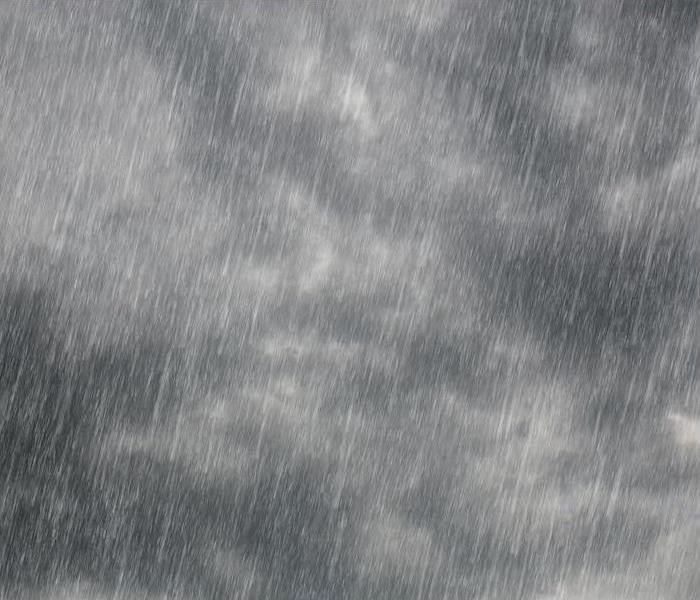Living the City Life: Understanding the Dangers of Storms
7/15/2024 (Permalink)
Living in a city brings with it a unique set of challenges when it comes to weathering storms. While urban landscapes offer convenience and opportunities, they also present specific risks during severe weather events that residents must be aware of and prepared for.
Urban Flooding: A Hidden Threat
One of the most significant dangers of storms in cities is urban flooding. As metropolitan areas expand, natural absorption areas like grasslands and wetlands are replaced with impermeable surfaces such as concrete and asphalt. When heavy rain falls, these surfaces prevent water from soaking into the ground, leading to rapid runoff.
Overwhelmed storm drains can quickly cause streets to flood, turning city roads into hazardous waterways. Flooded roads not only pose risks to drivers but also increase the likelihood of accidents and vehicle damage.
Infrastructure Vulnerabilities
City dwellers also face the risk of infrastructure vulnerabilities during storms. Older cities may have outdated sewer systems that struggle to cope with heavy rainfall, leading to sewage backups and contamination.
Additionally, power outages caused by lightning strikes or fallen trees can disrupt essential services such as public transportation and emergency response systems. In densely populated areas, the impact of such disruptions can be widespread and prolonged, affecting the daily lives of thousands.
High-Rise Hazards: Wind and Debris
In cities with skyscrapers and tall buildings, wind poses a unique threat during storms. High-rise structures can create wind tunnels that amplify gusts, making walking or driving in certain areas hazardous.
Loose debris, such as signage or construction materials, can become airborne projectiles, endangering pedestrians and vehicles below. The combination of strong winds and falling debris underscores the importance of securing outdoor items and taking shelter indoors during severe weather warnings.
Protecting Your Property and Safety
While living in a city presents challenges during storms, there are proactive steps residents can take to mitigate risks and protect themselves:
- Stay Informed: Monitor weather forecasts and alerts to stay ahead of approaching storms.
- Prepare Your Property: Clear gutters and drains to minimize flood risks, secure outdoor furniture, and trim trees to reduce the likelihood of wind damage.
- Have a Plan: Establish an emergency plan that includes evacuation routes and a communication strategy with family members.
Be Storm-Ready in the City
As urban populations grow and weather patterns become more unpredictable, understanding the specific risks of storms in a city environment is essential. By recognizing the threats posed by urban flooding, infrastructure vulnerabilities, and high-rise hazards, residents can take proactive measures to safeguard their property and ensure their safety. Stay informed, stay prepared, and stay safe during storm season in the city.

 24/7 Emergency Service
24/7 Emergency Service
